Personal Protective Equipment
It’s Sunday afternoon, the kids are finally out of your hair, so you turn the TV to a pro football game and settle back in your easy chair to watch. Probably the last thing that comes to mind when you watch a pro football game is safety. The only time the word comes up is when someone invades the enemy and zone to tackle an opponent and scores a two-point “safety” for his side.
But pro football safety goes deeper than that. It starts in the locker room before the game, when the players put on their uniforms. To play the game, they must wear protective equipment, including a shock absorbing helmet with face guard, shoulder pads, knee pads, and cleated shoes. These things can get pretty bulky and uncomfortable, especially when it’s 95 degrees on the field and the only shade you can get is from someone’s shadow.
Football is a rough game, and if a player wants to be with the family after the game instead of in a hospital, protective equipment must be worn. Next week’s game is something to think about. After all, a player is not much good to the team when sidelined with injuries.
A real pro knows these things. When protective equipment is worn, the chances of getting through the game without a disabling injury are much greater; therefore, the chances of continuing as a successful football player and family member are also greater. Next to that, a little discomfort and inconvenience don’t mean a thing.
Like a pro football player, you may work on a job that requires personal protective equipment; say ear muffs, hard hat, safety glasses, or safety shoes.
This equipment can’t prevent some accidents from happening. It can’t prevent a drill from breaking or stop a fellow worker from dropping a box on your foot, but it can prevent a serious injury. For example, an employee’s feet were run over by a forklift truck. The worker was wearing safety shoes at the time, and the only injuries were a fractured left toe and bruises. I don’t have to tell you how severe the injuries could have been wearing regular shoes.
I know such things as safety glasses, hardhats, and safety shoes may be a nuisance to put on and may seem bulky and uncomfortable at first. In fact, it’s tempting not to put them on at all, unless the safety supervisor is looking.
Complaints are as varied as the kinds of equipment. For instance:
“It’s too heavy.”
“It gives me a headache.”
“They hurt my eyes.”
“They’re too hot” or “too cold,” and so on.
Often these are real complaints. A poorly fitted piece of protective equipment can cause headache or pain. If it does, see your supervisor immediately to have it adjusted or refitted.
Most of the time, it’s just a matter of getting used to wearing particular equipment. This is a lot easier when you remember that, like the football player, you stand a better chance of continuing successfully with your job and your home life if you are protected from possible serious injury by protective equipment.
Instead of lying in a hospital bed wondering how they are getting along without you at work, you’ll be on the job, gaining valuable experience and receiving an uninterrupted paycheck. Instead of being hospitalized and wondering how the
fish are biting, or what’s happening down at the bowling alley, you’ll be able to be where the action is yourself and to use your leisure time to the fullest.
Personal protective equipment has its place in sports, construction, manufacturing, and many other fields. It is up to us to be real professionals and to recognize the role of protective equipment and take advantage of the benefits.


